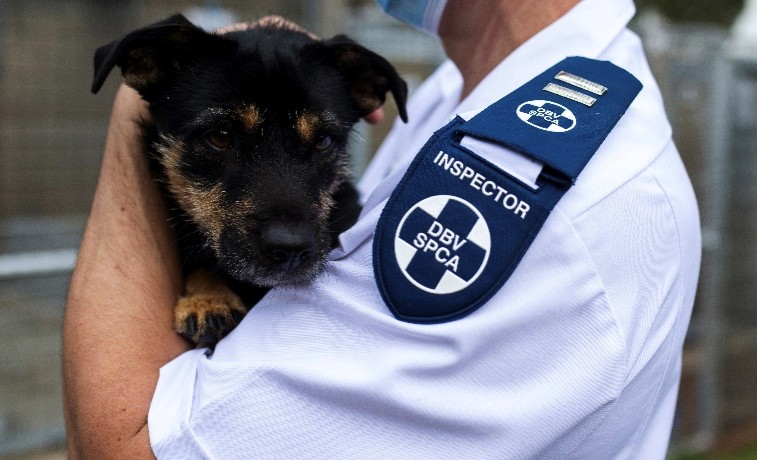In recent years technology has continued to progress and new means of communication and sharing between people developed, so too are the methods to share cruelty to animals. The trend of people wanting more likes and becoming instantly famous on social media has veered many social media users to commit acts of animal cruelty just for publicity. Some audiences find these acts entertaining and encourage the abuser whilst others disagree, very little of these posts are reported to the relevant authorities or to the NSPCA. Some users do not even realise that it is animal cruelty they are watching and mimicking these acts.
Whether these acts are recorded or not, by posting acts of animal cruelty on social media further exacerbates the need for power by the abuser and by generating likes on the post the abuser is encouraged to commit further acts of cruelty. There are many links between animal abuse and abuse to woman and children which should be of grave concern to members of the community.

The NSPCA has in recent years seen an increase of cruel acts towards animals being posted on social media platforms. Vile acts such as bestiality, maiming, cruelly beating animals, illegal poaching with dogs, live feeding, torturing and animal fights to name a few, not only contravenes the Animals Protection Act no 71 of 1962 but also contravene various other laws, regulations, and ordinances.
A recent case investigated by the NSPCA of an elderly couple who posted a video of them drowning a rodent in their swimming pool after it was found in the pantry. This clearly indicates that there is no specific criteria for self-gratification of individuals to gain more likes on their social media pages.
New methods of cruelty to animals are thought out every day to outsmart the previous post and gain more popularity whilst the sentient beings are at the receiving end of being abused. It is up to the members of public to report these acts and assist in seeking justice for those who cannot speak for themselves.

